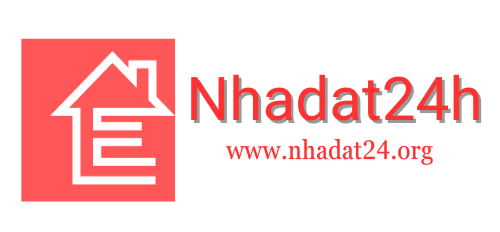timerlathe88
About Me
Understanding the Mechanisms of Python Programming
Introduction
Python has risen as one of the most popular programming languages across the globe. Its straightforwardness and flexibility make it a top choice for developers and enthusiasts alike. Whether you are a beginner or an experienced coder, understanding the core principles of Python programming is vital to making the most out of its capabilities.
Body Content
1. Getting Started with Python
The first step in your Python journey is getting the Python environment on your system. Python is open source and can be acquired from its official website. Ensure that you have the latest version to utilize enhanced features. Once set up, you can use various IDEs like PyCharm, Visual Studio Code, or Jupyter Notebook to start coding.
2. Understanding Basic Syntax and Structure
Python's ease is reflected in its syntax, which is designed to be intuitive. Unlike other languages, Python uses alignment to define blocks, which makes comprehending the code easier. Romantic weekend getaways with variables, data types, and basic operators to initiate your coding.
3. Diving into Advanced Concepts
Once you have a firm foundation, it's time to delve into more advanced topics. Learn about functions, classes, and modules which are essential for code reuse and organization. Understanding these concepts will help you manage larger projects with efficiency.
4. Implementing Python in Real-World Projects
Python is used in various domains such as web development, data analysis, machine learning, and automation. Start by creating small projects like a web scraper or a simple game to implement what you’ve learned. Gradually, move on to Water conservation like data visualization tools or machine learning models.
Conclusion
Python programming offers a extensive array of possibilities for learners and professionals alike. By concentrating on the basics and progressively taking on demanding projects, you can conquer Python and harness its power in remarkable ways. Embrace the continuous learning journey and keep exploring new applications and tools within the Python ecosystem.
